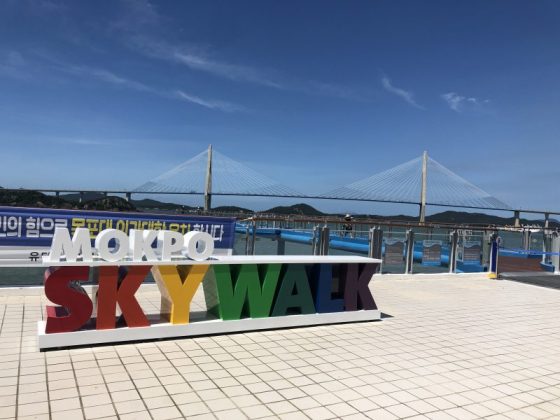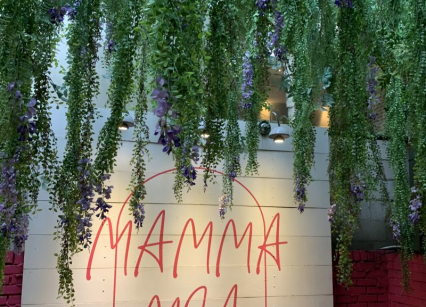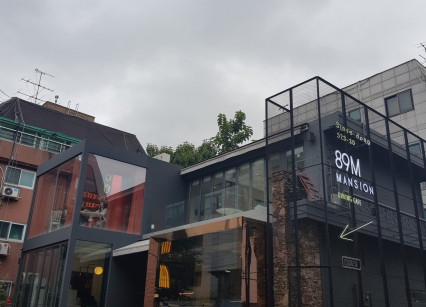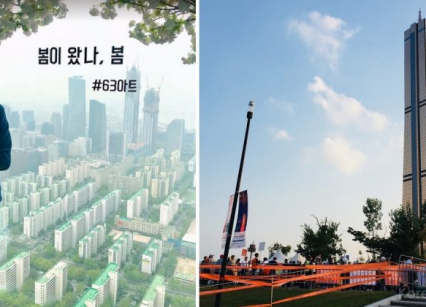Korea’s Education System
So you know Korea through its Kpop, dramas and entertainment. How much do you know about their education system? It’s not a pop culture issue that everyone talks about, but it has its limelight of its own.
If you’ve seen the Korean drama, Sky Castle, a drama about how far parents would go to make sure their senior year high school kids get accepted into the best university in Korea, Seoul National University, I’m sure you were able to see how packed their study schedules are. Many hours of learning from teachers, self revisions and tuitions. In this post, I will be sharing with you a place where you can learn more about their real education system, and how it has become about to what it is today.
Myths vs Actual Facts
There are so many interesting myths and facts surrounding their education system. I will just list down a few here for a little fun fact:
Their schedules are packed from morning to night – fact.
In South Korea, many high school kids study until 11pm even if their schooling hours end at 4pm. They’re attending private tuition institutions or in-school study hall in order to prepare for the “suneung” which is a national university entrance exam that can singlehandedly make or break their futures.
They take their university entrance exams seriously, that some of them would go to the extent to hire a private exam coordinator to help them enter university. (Like in Sky Castle) – fact.
There are actually some people who does that in real life – just not to the extent like in Sky Castle where things get too out of hand.
Hanbat Education Museum in Daejeon – South Korea’s first Education Museum
This amazing museum is placed at Daejeon Samsung Elementary School that is established in 1938. This is the oldest school building in Daejeon. In 2002, it is designated as Daejeon Metropolitan City and a cultural heritage No.50. Here lies Korea’s first ever Education Museum. The building has never been renovated since it was established.

During the Korean War, the armies of the UN and North Koreans have based there alternately.
Variety of sections and exhibitions
There are four permanent exhibition rooms, two experience rooms, and an outdoor exhibition space.
In this museum, you can find textbooks, educational artifacts used in the past. They have a total of 30,000 pieces of materials that are preserved and being displayed in this museum specialising in education.
They have textbooks here that go back to many centuries ago. For example,

Cheonjamun – a textbook used in Seodang since the Three Kingdoms Era. Isn’t it cool how that is kept preserved? It just makes me think of people from previous centuries that have touched and used that book for their education. And it is probably used by high novelty society as well, since education back then isn’t that accessible to everyone like it is now.
They have so many other old books on display there too that show you the history of their education. Here, you are able to see and learn of the educational environment of the Joseon Dynasty.
The most interesting section of the museum here to me is the;
Education of the Japanese Colonial Era section
In this very section, you will be able to see how the Japanese tries to take over Korea, using education.
Education materials that are meant solely to eradicate Korean’s national spirit. You will realise that the books are mostly written in the Japanese writing.

As you proceed further into the museum, you will be able to see the education change after Korea has claimed their freedom from the Japanese.
You will see more books written in Hangul, Korea’s official writing system. You will also be able to learn more of the birth of the writing.

Old Style Classroom
In this museum too, there is an old school classroom used in the past. The classroom portrays the old school in the 60s and 70s. You will see things that you cannot find in the modern classroom in Korea today. For example, they have a stove, a desk combined for two or three students.
The outdoors too have so many interesting things to see! Definitely a place worth visit. It’s always fun to learn of a country’s history in a fun way, especially something you can’t find in dramas very often.
How to get there
Address: 96, Uam-ro, Dong-gu, Daejeon South Korea
Website: www.hbem.or.kr
Operating hours:
- Tuesday – Sundays (Closed every Monday and public holidays on the weekdays)
- 9.30am – 5pm.
Admission fees: Free!
I hope this post sparks up some interest in you to visit this education museum and learn more of their education history~
Read More: A Day Trip to Daecheon-Korea’s Western Coast







